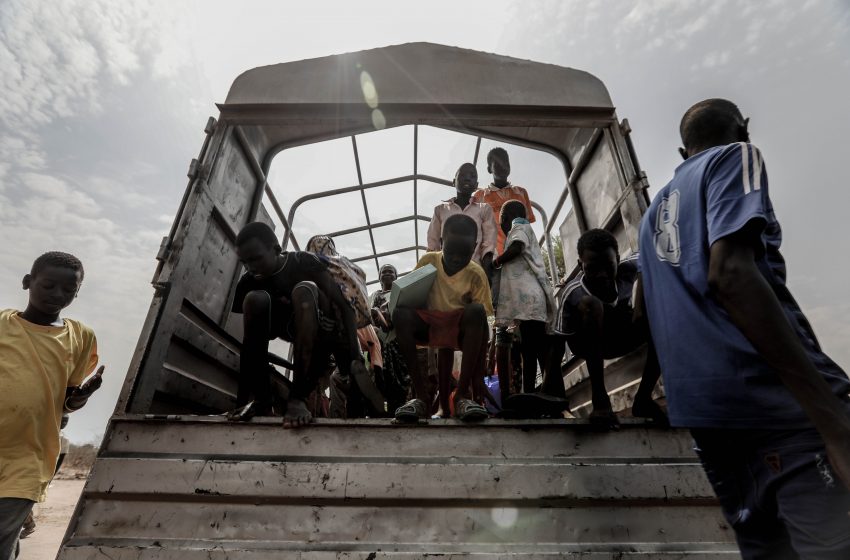Experts have warned that climate change and insecurity, especially in vulnerable countries in Africa and Asia, are exacerbating illegal immigration to Europe through very dangerous routes.
Between January and May this year, the European Border and Coast Guard Agency, also known as FRONTEX recorded the arrival of some 86,000 illegal migrants, 82% higher than in the same period in 2021.
According to preliminary data released by Frontex, illegal immigration in May alone numbered some 23,500, 75% up from May last year. The European Border and Coast Guard Agency said that the figure didn’t include legal refugees from almost four months of the war in Ukraine, whose number is pegged at some 5.5 million.

The routes taken most often by migrants are through the Western Balkans, which accounted for almost 41,000 crossings, mostly migrants from Syria and Afghanistan, and through the Central and Eastern Mediterranean, where Egyptians, Bangladeshis, Tunisians, Nigerians and Congolese are common.
Climate change and insecurity are essential factors causing the rise in illegal immigration, according to reports. The Horn of Africa, for example, is facing its worst drought in decades. The United Nations warns tens of millions of people on the continent are on the verge of starving.
“Right now we are seeing a much more desperate situation. We are seeing whole families leaving West Africa and we see that there are new routes. Typically, the route that had the most deaths was the Central Mediterranean route where people arrive from West Africa, across the Sahara Desert, and had a lot of problems, especially in Libya,” said Cátia Batista, a Professor of Economics at the Nova School of Business and Economics.

